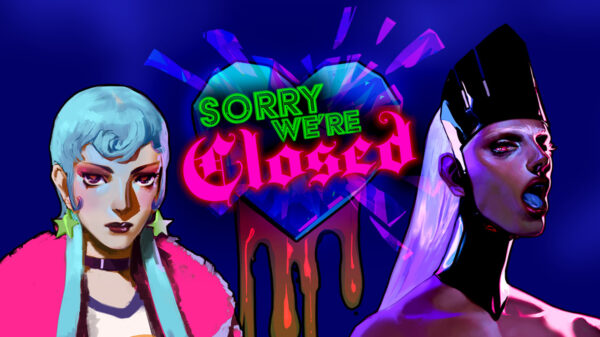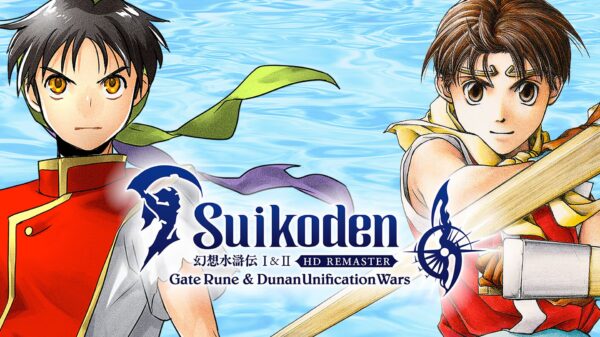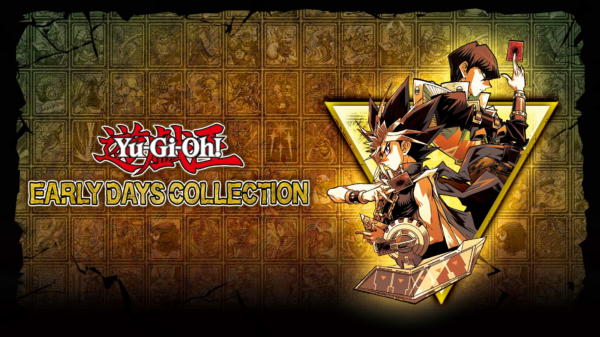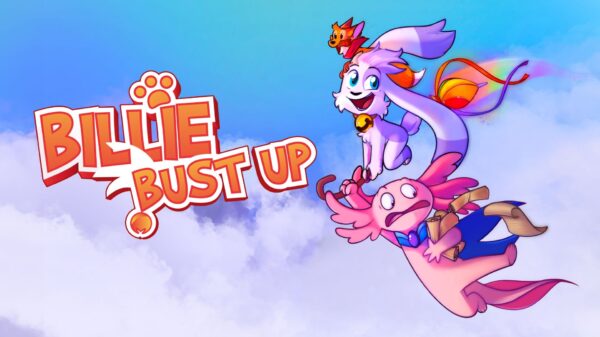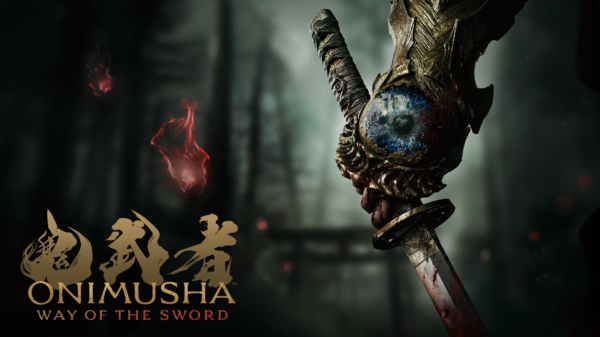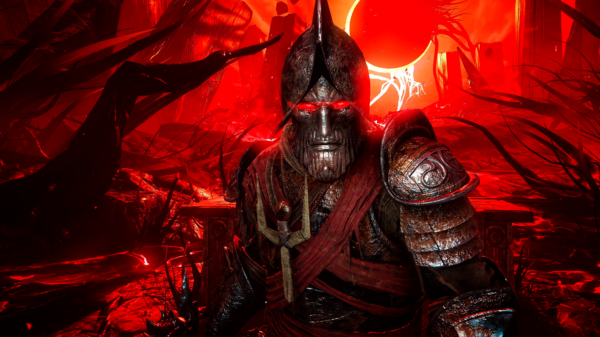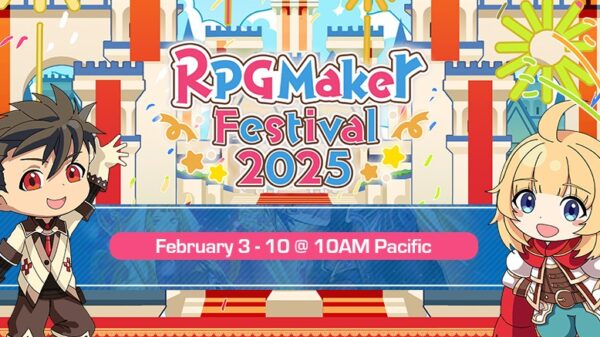Halo, the series that changed console FPS, and influenced the genre on a wider scale for years to come. Once the premier franchise that commands respect led the charge under the banner of Bungie and the Xbox brand. But now, it’s hard not to feel that Halo is the now the pot-bellied, dodgy kneed, couch historian reflecting on the good time while telling people they’re not past their best.
I approach the topic as a fan of the game, but not a fanatic. Growing up playing PC titles resulted in a controlled celebration for the Master Chief’s exploits. Battling through each game, witnessing the surge in console-based online multiplayer, it’s a moment of time I reflect upon happily. Halo was an event, not simply a game. A series that bled into the mainstream in ways few games manage to. News coverage, midnight releases, MTV 2 documentaries, dazzling TV marketing campaigns. But time changes, and so did Halo, but not quite for the best.
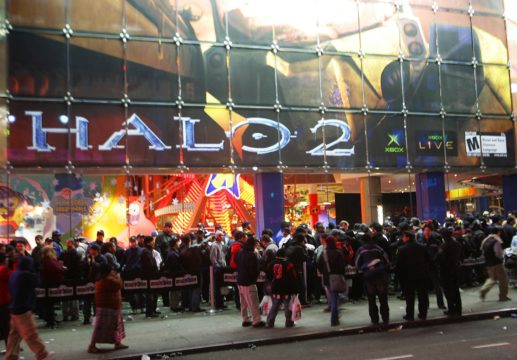
As a series, Halo finds itself stuck in the shadow of its peers. Both Halo 4 and 5 sold well, maintaining it as a powerful brand within the lexicon of video games, but its cultural influence within video games was never really there. Attempts were made to keep some sort of ‘Esport’ representation active, but a lack of interest accelerated the demise of such things. Single-player narratives did little other than suffice, while the once celebrated multiplayer faded into a sea of questionable design decisions prompted by what was popular at the time.
Halo, once the leader of the pack, had now become just another part of the pack.
Of course, the departure of Bungie after the release of Halo: Reach, was a key element in the ‘evolution’ of Halo. 343 Studios were put in the tricky spot of pushing the series forward, a series Bungie had formed, crafted, and progressed. Do you simply try to replicate? Or do you imprint your mark on the series? 343 went for the latter, but in the process led push Halo into an identity crisis which shows no signs of ending.
Halo 4 and 5 are steeped in ideas that would seem ‘cool’ but never quite gel within the confines of the series. Boasts of large worlds, intense epic battles, amazing moments…but it was all noise. Noise in an industry that is always deafeningly blaring. From the single-player campaigns packed with cutscenes and ‘moments’ to a multiplayer so tinkered and twisted that it lost all identity, 343 have seemingly struggled to either replicate or innovate. Instead, Halo finds itself lost in the pact, ticking boxes and being just another ‘Triple A’ experience.
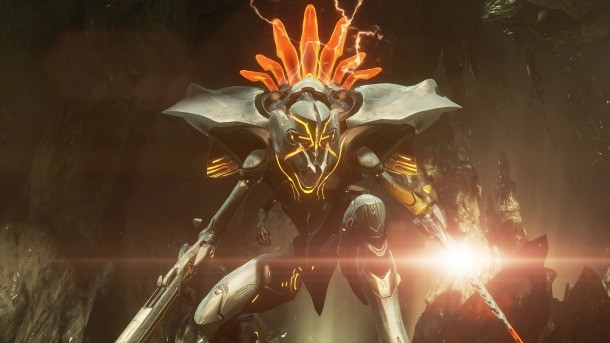
The melodramatic, invasive, campaigns of 343 are worlds away from the once simplistic, player-driven, experience. It’s an issue that bleeds into every aspect of Halo 4 and 5, from the character designs, weapons, and narrative. Additions such as aiming down sights for all weapons, killstreaks, charges, skins, card systems. Halo isn’t Halo anymore, it was everything else on the market. And here’s where Infinite comes in.
Halo’s grand return, the end of another saga. Microsoft places its gameplay debut at the front of their new system’s showcase. One small step for Xbox fans, one giant leap from Halo fans. Clocking in at just under 9 minutes, we were treated to a jaunt around the surface of a planet, rich in greenery, mountains, a dash of water, and a bunch of Covenant. It was clear 343 were trying to conjure up memories of the Bungie days with this chosen slice of gameplay, and for a hot minute it worked. Then it went a bit pear-shaped.
Aside from some hollow-sounding weaponry and ropey AI, 343 still seem to be deep in the identity crisis they’ve been swimming in since Halo 4. As a series, Halo was never a ‘fast’ first-person shooter experience. While it did not lack in speed, it’s a mix of shields, forward movement and positioning gave it a unique approach that drifted between methodical and brash. Infinite’s inclusion of a dodge and grapple hook raises an eyebrow. Two elements often paired with speed, creating momentum and thrust.
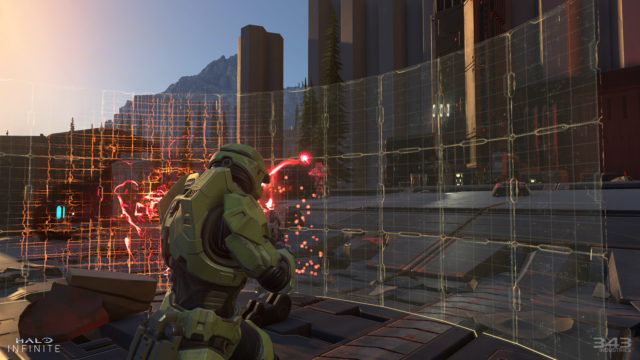
Whether or not this fits the flow of the gameplay will remain a topic until it’s in the hands of the masses, but it is a statement piece regardless. Is an injection of speed what Halo needed? Some would argue it’s yet more tinkering with a formula that did not need it, but this negates the biggest change to Halo since…well, since ever, open-world design.
343 Industries is taking a bold approach with Infinite, so bold it feels like all or nothing.
Shaping Halo into an open world isn’t entirely new, elements of hub worlds can be found way back in Bungie’s ODST, a short, but sweet, dose of side content that embellished the Halo world. Infinite is something different, it’s a standalone game holding the intent to progress a story. A story that is already overblown and laboured, now being told in a format famous for being overblown and laboured. It’s a big task for 343 to take, but not a hopeless one. If the balance is met between keeping the gameplay loop engaging, especially with co-op, then Infinite might hold its own.
The biggest problem is Infinite still doesn’t look like Halo. Once a series that set the tone, it now finds itself dancing firmly to be beats of its peers, while it loses any sense of identity. Headlines might be grabbed by the ‘questionable’ visuals Halo Infinite showcased, but the problem lies much deeper, and it’s up to 343 Studios to fix that or risk becoming just another Triple A game.




